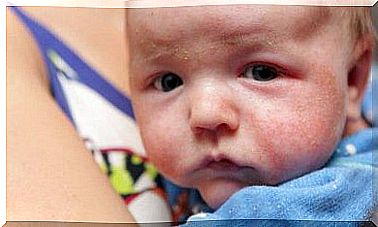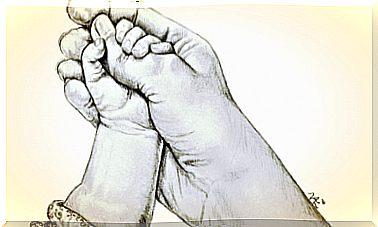Help Your Child With The Transition From Cradle To Bed
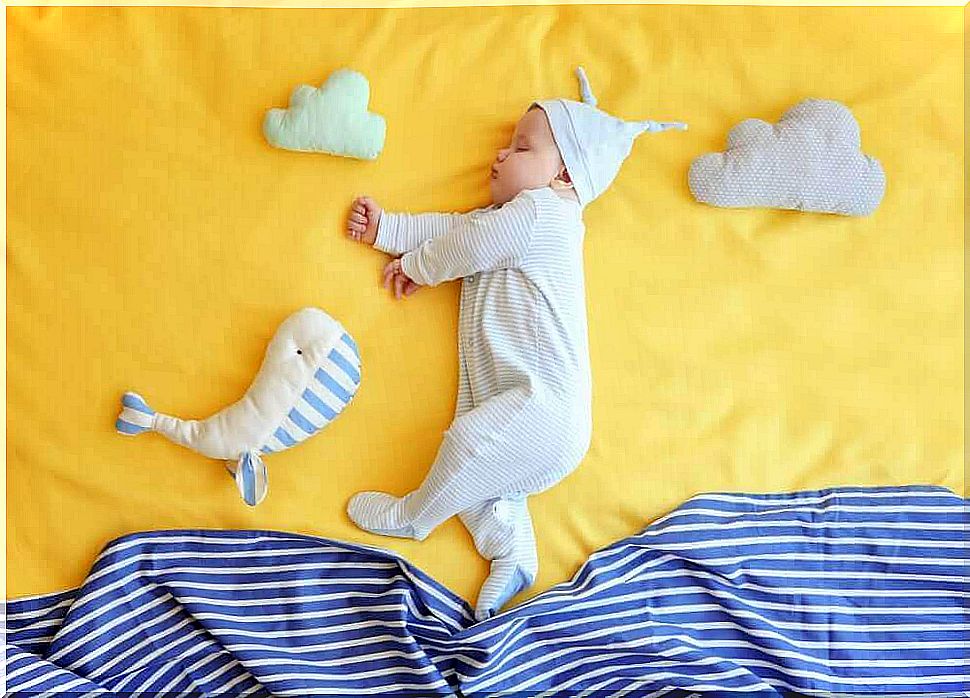
It is not always easy for children to make the transition from cradle to bed. Only children who have already learned and have enough emotional maturity tend to do so without difficulty.
Furthermore, the possible risks the transition involves for babies are another factor that parents need to consider. Before starting this change, one should have already established an appropriate bed routine. Young children need to know that they are safe and that nothing can happen to them.
Therefore, it is important that children’s sleeping habits are right. If you follow the same routine every night, then you all know that nothing will happen and your toddler will quickly learn to fall asleep in a bed.
The transition from a cradle to a bed
If parents are not careful about how they approach this process, it can create unnecessary frustration in their children.
Author and child psychologist, Noelia Esteban de la Casa, is a specialist in this type of situation. According to her, parents should wait until their children are at least 18 months old before beginning this transition. And, both parents and children will need to demonstrate sufficient emotional maturity to make the transition safe.
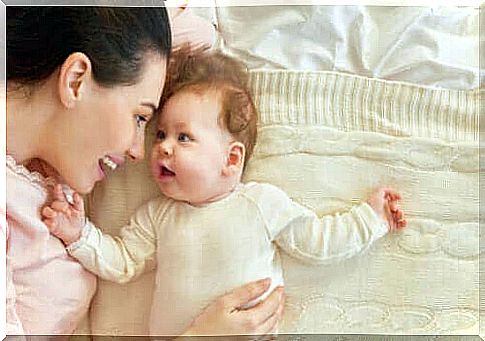
Next, it is also important that the children participate in the process. You can allude to your child’s age, responsibilities, and ability to take on and overcome challenges. For example, you could tell your child that he or she is older now and that he or she is ready to sleep in his or her own bed.
It is also important that you do not give too many explanations so that you make the process as natural as possible. However, you must explain and respond to any doubts that may arise, in a concise and coherent manner.
Stimulation of the process
The process of transitioning from a crib to a bed requires stimulation. And, in that regard, there is nothing better than play to make the transition both natural and fun.
When children are about 12 months old, they already know how to mimic real-life patterns in their play. For example, they know how to pretend to eat with a toy spoon.
You can take advantage of this fact and make it easier for your child to get used to sleeping in a bed in the future. This is because children, between 18 and 24 months, begin to initiate this kind of play with their dolls and teddy bears. Therefore, you can let your child put his doll or teddy bear to bed. That way, your child can learn and accept this new situation through play.
It is crucial that parents act as role models. In other words, you can set an example by putting the doll to bed as if it were your child. You can tell stories, sing songs and use everything you can think of to make your child fall asleep with his doll or teddy bear.
How to make your child feel safe and relaxed
The transition from cradle to bed requires children to feel safe and relaxed. Children should feel good about the change and not like it. In general, children are able to complete the transition in a calm manner. However, it can get more complicated in some cases. To make things easier, you can notice the ideas that the expert, Noelia Esteban, has to offer:
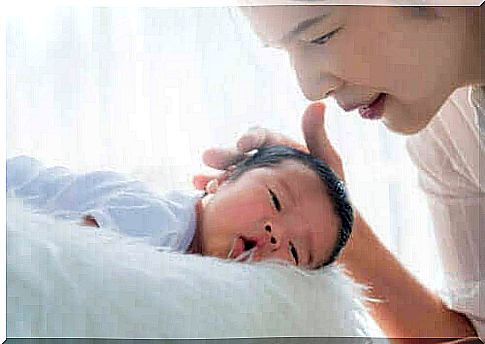
- Talk a lot with your child. Although it seems like the little ones do not understand, it is good for them to get used to hearing us from a very young age.
- When it comes to explaining babies something, you should go down to their level. In other words, squat down and look your child in the eye.
- Comfort your child and do not leave him or her alone. Children need to associate their bed with peace and quiet.
- If your child has a tantrum, reassure him or her first. Once your child has fallen, talk to him or her slowly. Remember, you need to be patient as this process can take some time.
- You need to make sure you stick to a routine. A story, cuddling, some time to talk…
If your child wakes up…
Later, if your child wakes up, which is normal, here are some guidelines you can use to streamline the process and reassure your child:
- Check up on your child, without turning on the light. Sit down or lie down with your child so that he or she is relaxed before he or she falls asleep again.
- Take care of your child’s tears so you offer some security.
- If your child has had a nightmare, lie down with him or her so your child can feel close. Let your child calm down and do not take him or her away.
Each child is unique. Therefore, the transition from cradle to bed will be different in each case. Remember, you need to be patient and give your child plenty of love, understanding and closeness. With your help, your child will be able to sleep in his or her own bed when he or she is ready. If you are really struggling with it, do not hesitate to consult a specialist.


